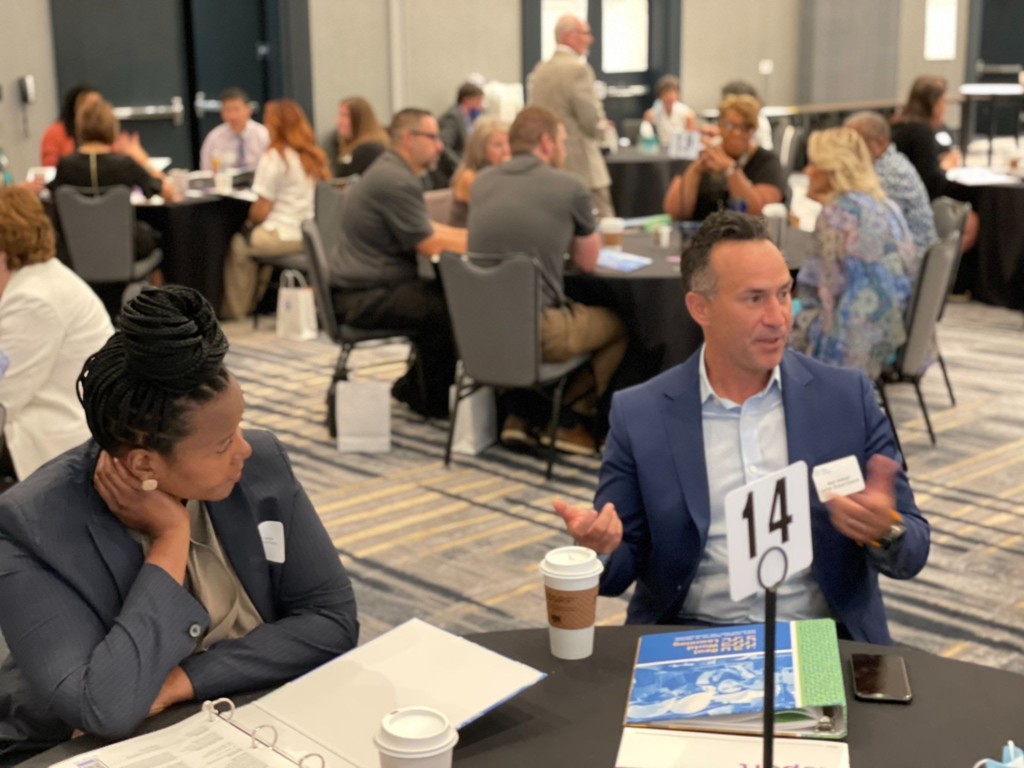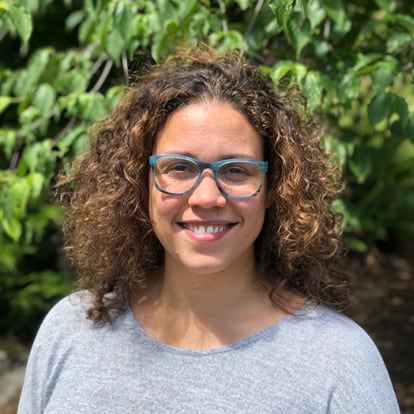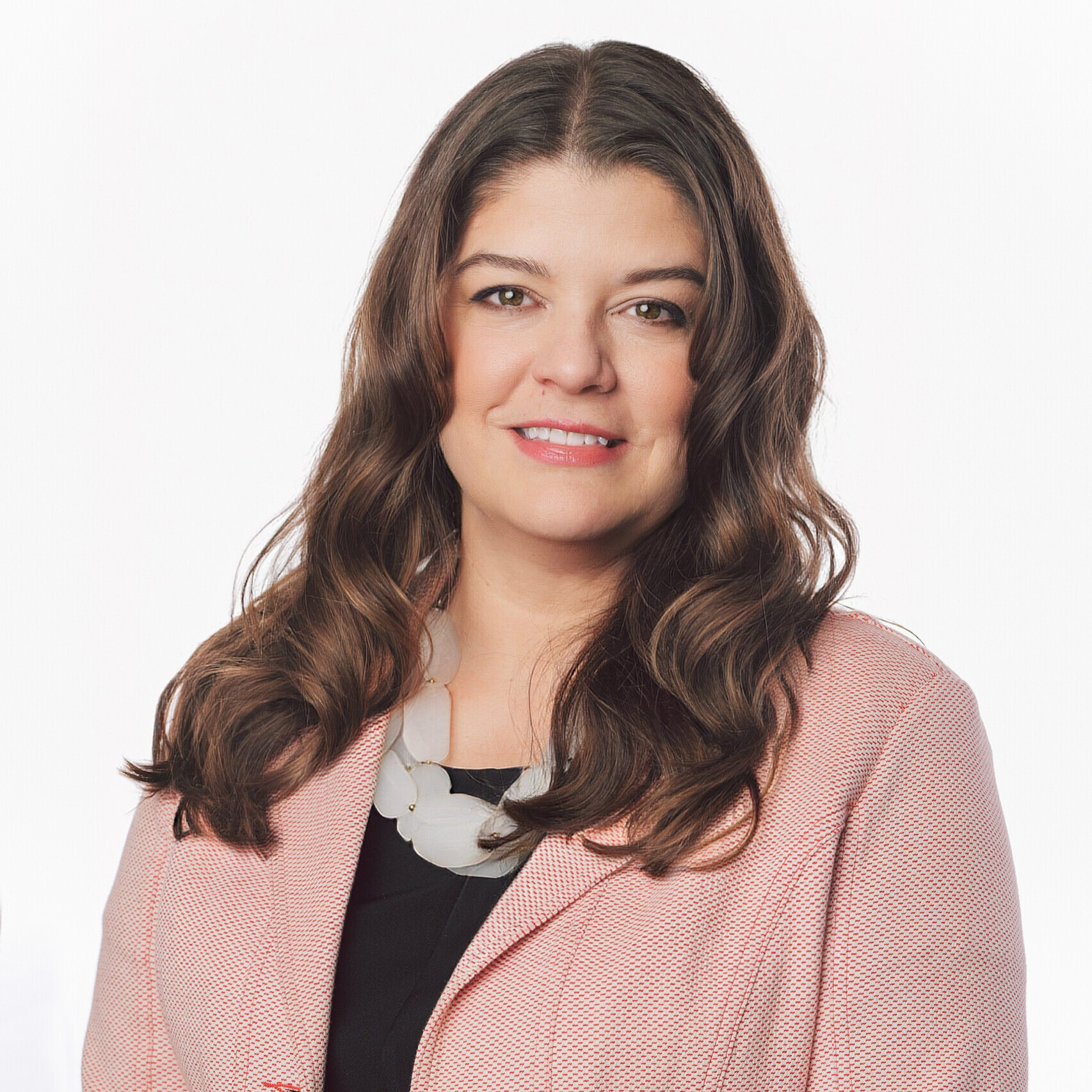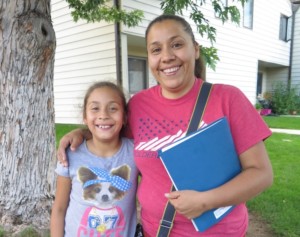Collaborative Conversations to Shephard Communities Forward, Together
Key Points
-
School leaders can take on this responsibility for engagement by creating circumstances of listening, learning, collaborating, and strategizing.
-
Many school systems proclaim the need for students to be able to think critically and communicate effectively.
-
Our promise as educators is for learners to leave with agency, vision, and the belief that they can and will shape their future.

A school system divided cannot stand. America’s school systems are back in session, mostly in person, in the continued era of pandemic schooling. Even though most systems are returning in a way similar to pre-pandemic “normalcy”, this is the moment for communities to engage in conversation about whether or not schools are actually serving young people and valuing them effectively. When the context and the needs change, innovative systems adapt. When businesses fail to do this, they close. When our learning systems don’t adapt, the learners themselves pay the cost and this then transfers to our communities and our economies.
With an insistence from federal and state leaders to ensure in-person learning for students this year, many of the status quo institutional pieces are back in place, but we have a renewed commitment to learners and their families. Every action we take toward redesigning and creating now will benefit the learning systems of the future. These actions will put every learner’s needs at the forefront and at the core of learning design. If we want all of our students to get out of this pandemic ready to succeed; schools, families, and community partners will need to work together for all of our children.
School leaders can take on this responsibility for engagement by creating circumstances of listening, learning, collaborating, and strategizing. Many school systems proclaim the need for students to be able to think critically and communicate effectively. Therefore, systems must model this ability and be the elders our future generations need to find and name the common good and work towards it, collectively. Our learning systems can often be the start of a journey, but it is certainly not the end. Our promise as educators is for learners to leave with agency, vision, and the belief that they can and will shape their future.
Every action we take toward redesigning and creating now will benefit the learning systems of the future.
Rebecca Midles and Kelly Niccolls
Ways school systems can build community towards solutions:
Focused Listening Circles
Build trust by staying open to diverse ideas and feedback. Create opportunities and structures to listen, learn, and build a better community understanding. Many of our communities have experienced trauma. Listening and becoming more aware of our communities is the first step toward healing.
Inform, Listen, Learn. Design and deliver a “Roadshow” to build understanding, to listen, to respond, and to later incorporate this into a coauthoring of the path forward with stakeholder input.
Build Trust. Stay in a listening disposition and create transparent communication strategies and then over-communicate events, and share outcomes:
- Provide opportunities to build background knowledge and understanding for suggested changes and surface tensions.
- Consider training community leaders to facilitate and to help collate the feedback. Read more about this process in Mesa County School District 51.
- Intentionally invite voices that need to be heard and will be a large part of the work, your teachers. Gather collective feedback. Share and report this feedback.
Collective Action Committees
Collective action committees come together with the direct purpose of action. Collective action committees come together with a clear and direct purpose of action, this is not an effort to collect feedback that defaults to the systems leader, this is about action. CACs are effective at the return on investment analysis, cost-benefit analysis, and can serve as a task force for outcomes based on other stakeholder group designs, discussions, and feedback data.
Codesigning Equitable Paths Forward. Establishing committees explicitly to get things done is an efficient way to recruit a team wanting to get to outcomes and centers opportunities for training and capacity building on actionability:
- Codesign actionable steps in response to listening circles and build community consensus and a set of common agreements.
- Consider co-chairing instructional design work around learning models to co-select workgroups and review. Learn more from the perspective of a Teacher Association president.
- Respond to and incorporate feedback. Highlight where this feedback influenced courses of action or changes.
- Read more about this process in the Journeys to Personalized Learning, a case study from FSG.
Student Facilitated Focus Groups
When communities come together, in the interest of what is best for kids, and kids are leading that conversation, it keeps the work focused by and with the people we care most about- our students. Some communities will require intentional time and continued space for healing the unique and compounded scars inflicted over time. System Leaders must nurture healing practices and include bridge-building events and activities into their community engagement.
Students As The Leads. Students should be at the helm of developing focus group learning, facilitating focus group discussions, and being key analysts for focus group feedback will help legitimize findings and build trust quicker in the process and next steps from that data. Great examples of this can be found on the OneStone site where you can learn more about the different labs and support available to build and support learner’s voices.
Bridge Building Events
Trust building and community building are imperative for sensitive change work. There are communities that have generational experiences of distrust and harm from schools and school systems. Provide opportunities for students, families, school staff, and community partners to come together without key tasks, but rather ways to build context and learn about each other develops trust among key stakeholders. Ideas for bridge building events:
- Student learning exhibitions & showcases;
- Community gatherings in honor of student success, meeting goals, the start of the year, mid-year, end of year benchmarks, etc.;
- Annual events in honor of legacy partners and/or community traditions;
- Hosting committee retreats and encouraging small groups to attend retreats to build capacity and trust.
- Our students know their needs and their wants, and they are creative thinkers! They are also, with quality training and experience, excellent facilitators of learning conversations and dialogues.
Design Thinking
A generative process with collective insight is a change of energy that can shift a sense of being powerless. This process is creative, expansive, and fun! It is also concentrated in a process that centers on understanding a problem that needs to be solved and incorporating multiple stakeholders to inform and design solutions.
- dSchool at Stanford facilitates training on a variety of topics that can utilize design thinking for creative solutions and possibilities to improve.
- Liberatory Design focuses on design principles centered on inequitable practices and outcomes.
School systems set the future of communities. We ask hundreds of students to share space, be vulnerable, work through conflict, and share in celebrations and challenges together every day in a school setting. If our young people can create communities that learn alongside, no matter their context and differences, then our education system leaders must be able to model and facilitate the same abilities. This also requires the intentional design of community building with active participants, partner stakeholders, parents, students, and representative staff. When our communities are isolated and people/positions are targeted, and voices rise that are not part of the learning community, or seeking the best for those in the community, then those systems will stay fractured.
Collective efforts with representative views will weave the repair necessary of current divisions. When learning communities see each other, know each other and care for each other, authentically, for who they are, they can commit to the best interest in an informed and inspired way.

Kelly Niccolls






0 Comments
Leave a Comment
Your email address will not be published. All fields are required.